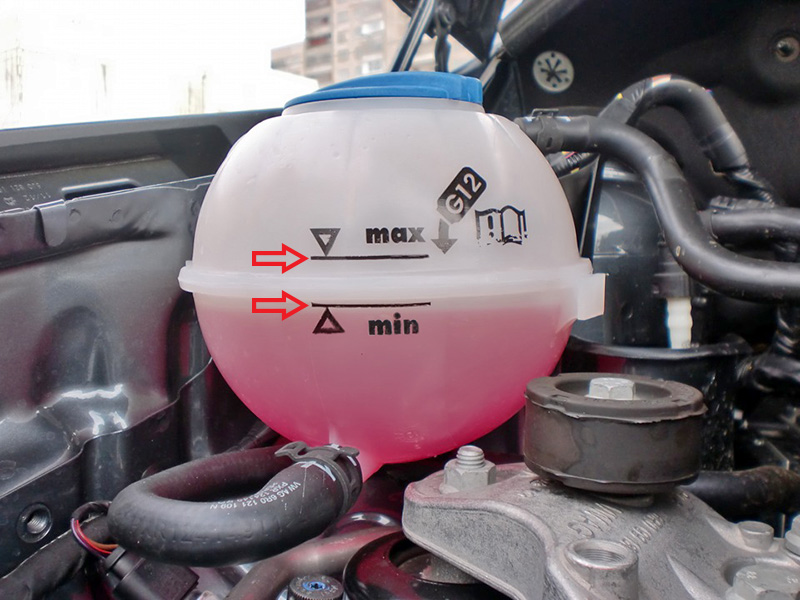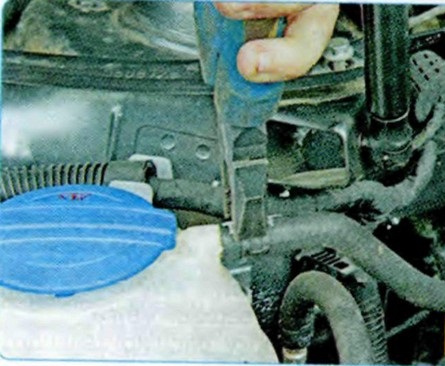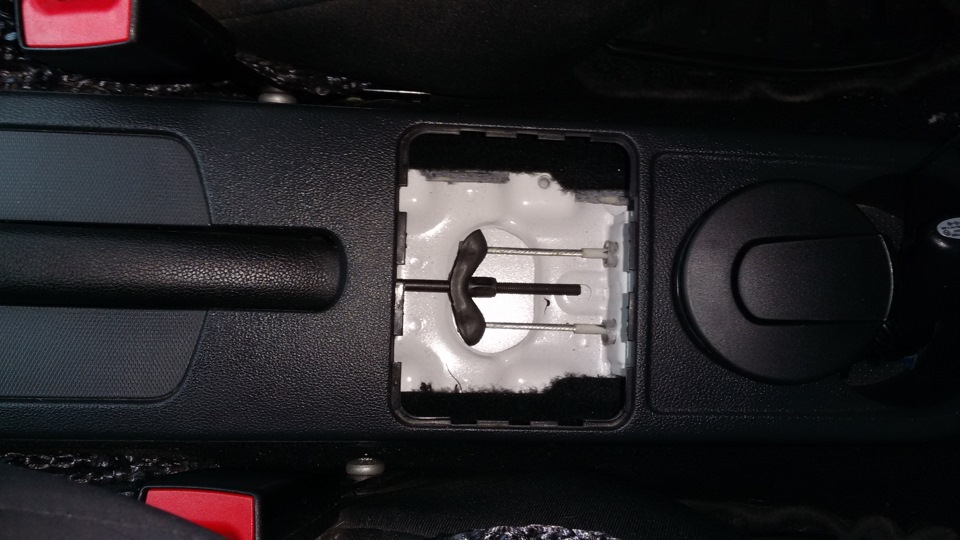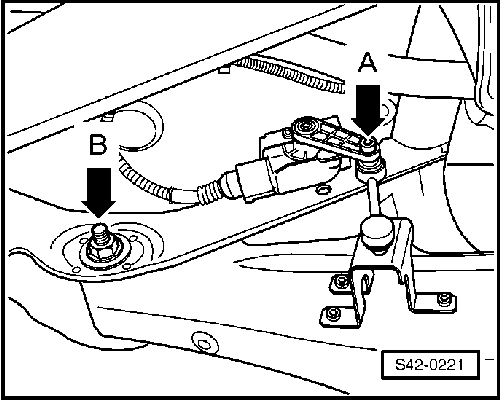Parts and consumables:
- Coolant, approval VAG TL-774G, G12 Plu Plus or G13 (VAG G012A8GM1, G013A8JM1)
Notes:
A low level of coolant in the tank is indicated by a signaling device on the instrument panel. But it is recommended to check the coolant level directly in the tank from time to time.
Skoda Rapid coolant replacement is described in this article.
1. Turn off the Skoda Rapid engine.
2. Open the engine hood. The expansion tank of the cooling system is located on the left side of the engine compartment, regardless of the engine configuration that the car is equipped with.

Warning:
The cooling system is under pressure! Do not open the cap of the coolant expansion tank when the engine is hot - risk of burns!
3. The fluid level of a cold engine should vary between the "MIN" and "MAX" marks. A warm engine may have a fluid level slightly above the "MAX" mark.

Warning:
Antifreeze and all coolant are harmful to health. Avoid any contact with coolant. Coolant fumes are also harmful to health. Therefore, always store antifreeze in original containers in a safe place, especially out of the reach of children - risk of poisoning! If the liquid gets into the eyes (rinse them immediately with clean water) or into the digestive tract, seek medical attention immediately.
4. Add the required amount of fluid to the tank and bring it to the correct level. Close the tank lid tightly.
Note:
The expansion tank of the Skoda Rapid is marked with the type of coolant used. As a coolant in Skoda Rapid engines, “antifreeze” is used with the marking G12 or G13 - a reddish liquid. The volume of coolant to be filled is 4.2 liters for 1.2 MPI and 7.0 liters for other gasoline engines. For a diesel engine, the coolant volume is 6.5 liters. For countries with cold climates, coolant G12 or G13 provides frost protection down to -35 °C. Today, fluids of the G12 Plus Plus or G13 standards are produced and can be purchased.

Antifreeze Skoda Rapid VAG G012A8GM1, VAG G013A8JM1
Use only fluids recommended by the manufacturer. Unsuitable refrigerants can significantly weaken the anti-corrosion protection and lead to damage and coolant leakage, and thus to serious engine damage.
Under normal operating conditions, the car's cooling system needs almost no maintenance. The coolant is formed by water, which contains 40% antifreeze. This mixture is not only frost-resistant down to -25 'C, but also protects the cooling and heating system of the car from corrosion. In addition, it prevents scale deposits and increases the boiling point of the coolant.
For this reason, it is impossible to reduce the concentration of antifreeze in the coolant by adding water, even not in the summer or when operating the car in countries with a hot climate. The concentration of antifreeze in the coolant must be at least 40%.
If in a cold climate you need increased frost resistance, then you can increase the concentration of antifreeze in the coolant, but only up to 60% (which corresponds to frost resistance down to about -40 ° C). Higher concentrations of antifreeze weaken frost resistance and also worsen the cooling effect.
The article is missing:
- High-quality repair photos
Source: carpedia.club










![3 generation [2012 - 2017]](/uploads/Skoda_Rapid_2012_-_2016.png)
